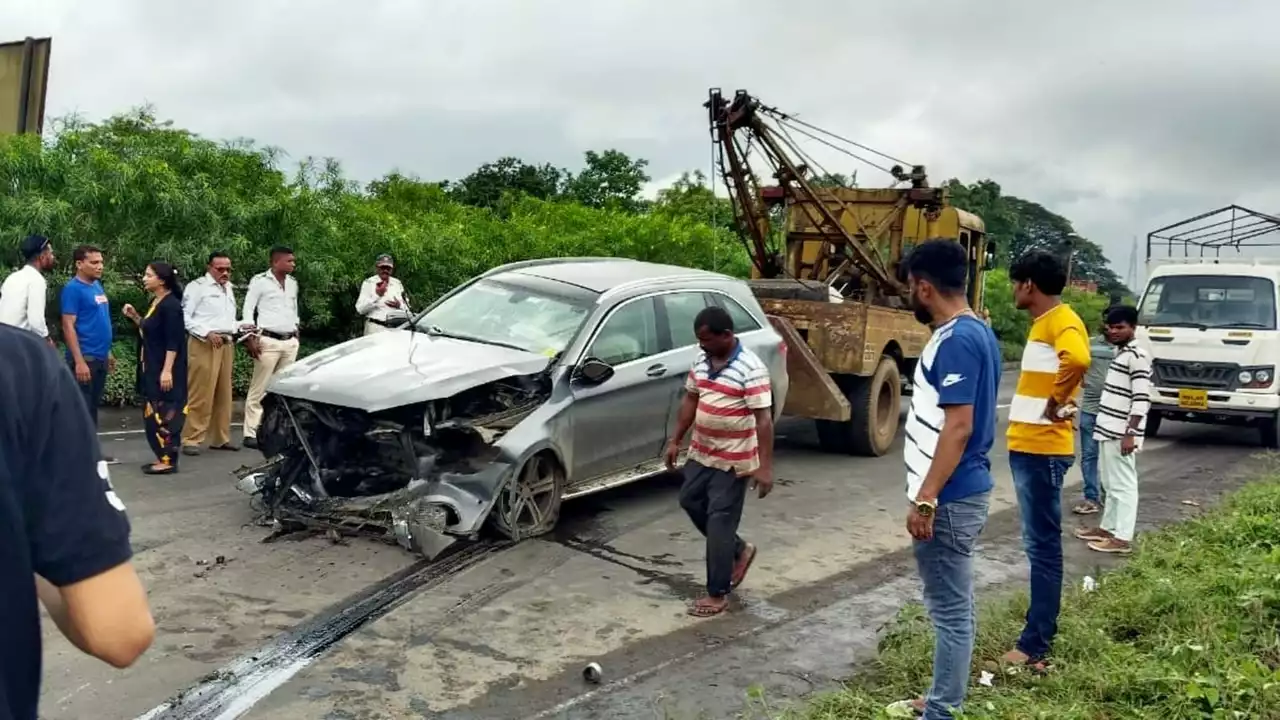Traffic Safety in India: What You Need to Know
India’s roads are famous for being crowded, noisy, and sometimes chaotic. Whether you’re commuting daily or taking a road trip, knowing a few simple safety habits can make a huge difference. Below we break down the most useful tips, share what’s changing on the ground, and point out stories that show why traffic safety matters.
Everyday habits that keep you safe
First, always wear your seatbelt – it’s the easiest way to protect yourself in a crash. If you’re a passenger, make sure the driver does the same. Second, avoid using your phone while driving. A quick glance at a message can turn a short trip into a serious accident.
Third, respect speed limits. In many Indian cities the limit is 50 km/h, but you’ll see drivers who think faster is better. The truth is, slowing down gives you more time to react to sudden lane changes or animals on the road.
Fourth, keep a safe distance from the vehicle ahead. Tail‑gating makes it hard to brake in time, especially on slippery streets during monsoon season. Finally, check your bike or car before you head out – brakes, lights, and tires should be in good shape.
What’s changing in Indian traffic safety?
Recent years have seen a push for better traffic enforcement. More cameras are being installed at busy intersections, and many states have started stricter fines for reckless driving. The government also launched the "Zero Accident" initiative, aiming to reduce road deaths by 50% over the next five years.
Technology is helping, too. Some cities now use AI‑driven traffic signals that adjust timing based on real‑time congestion. This reduces the chance of sudden stops that often lead to rear‑end collisions.
On the public side, awareness campaigns are getting louder. You’ll see billboards reminding drivers to wear helmets, and radio spots that explain how to handle a hit‑and‑run scenario. Speaking of which, a recent story shared on our site highlighted how a hit‑and‑run victim can protect themselves by documenting the incident and filing a police report right away.
Even local schools are joining the effort. Many now teach children basic road safety rules, like looking both ways before crossing and using pedestrian crossings. When kids grow up with these habits, the overall traffic culture improves.
If you’re planning a long drive, pack a basic safety kit: first‑aid supplies, a spare tire, and a flashlight. Keep your phone charged and store emergency numbers in a quick‑dial slot. Knowing where the nearest hospital is can save precious minutes if something goes wrong.
In short, traffic safety in India isn’t just about obeying rules – it’s about adopting a mindset that puts health and life first. Small changes in daily driving habits, combined with the new enforcement measures, can make the roads safer for everyone.
After a thorough combing through the wild jungle of traffic data, it seems India is the reigning, but not so proud, champion of road accident fatalities worldwide. Apparently, the roads in India have more plot twists than a Bollywood saga, with unruly traffic, a fondness for not following traffic rules, and vehicles that are seemingly auditioning for the next Mad Max movie. The infrastructure is often more "under" than "structure", and the lack of proper street lighting and signage makes it feel like you're in a real-life version of Pac-Man. And don't even get me started on the omnipresent potholes, they're like craters on the moon, but on Earth! So, while it's a dubious crown to wear, it does highlight the urgent need for a traffic system makeover, maybe throw in a reality show, "Pimp My Road"?
